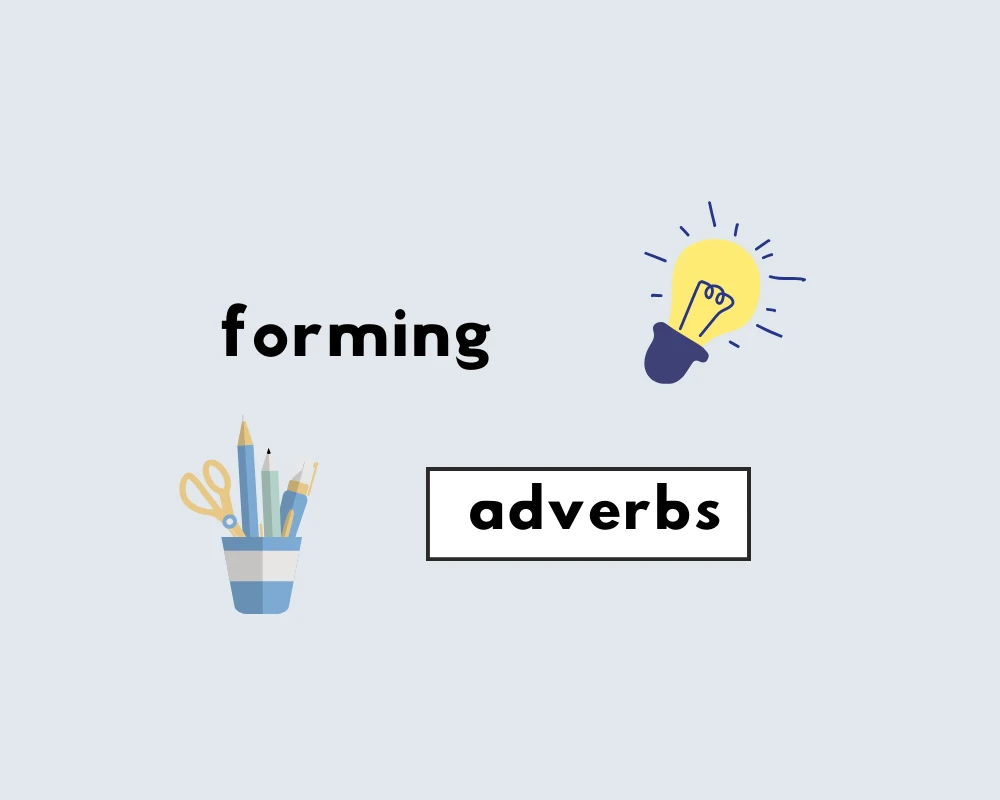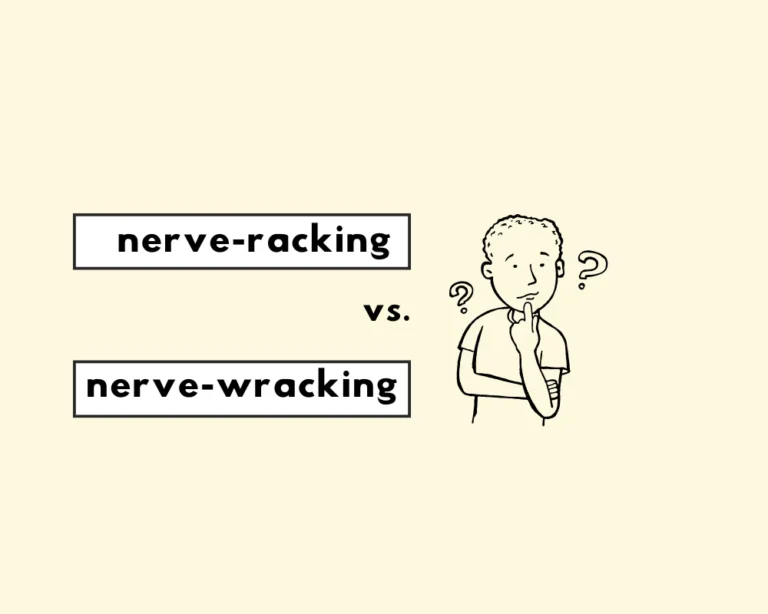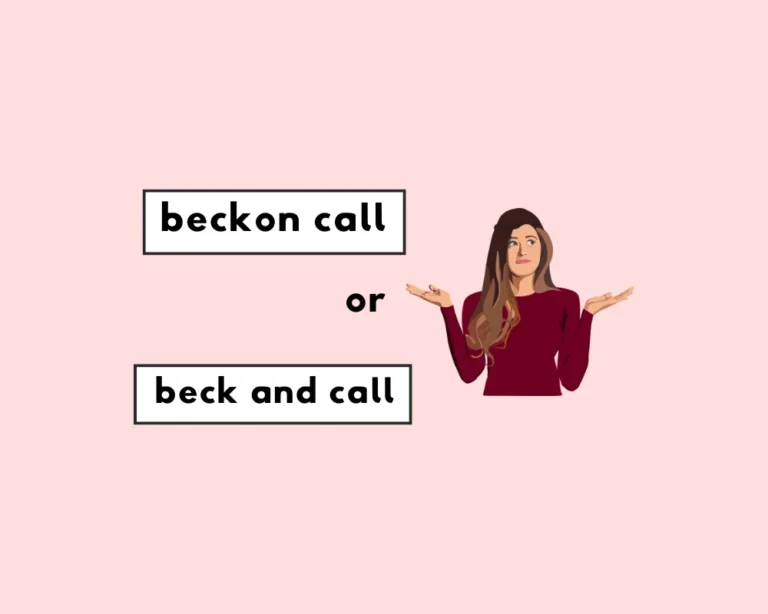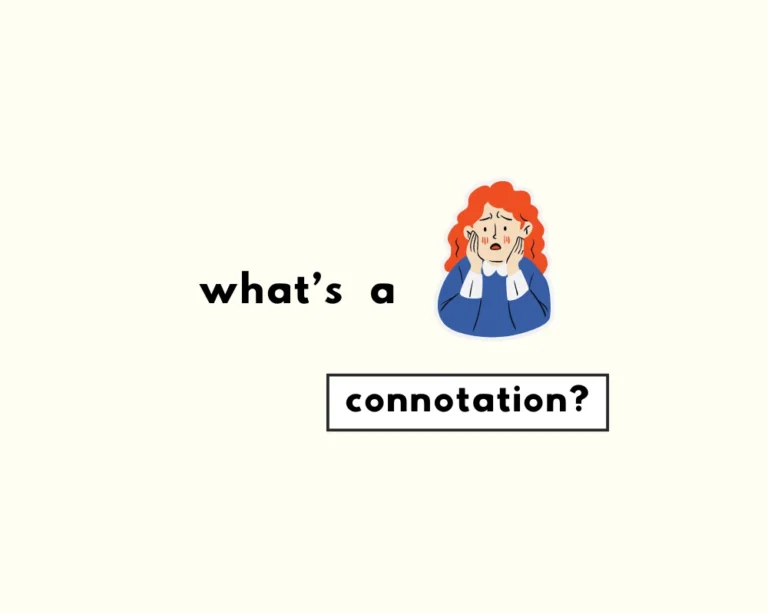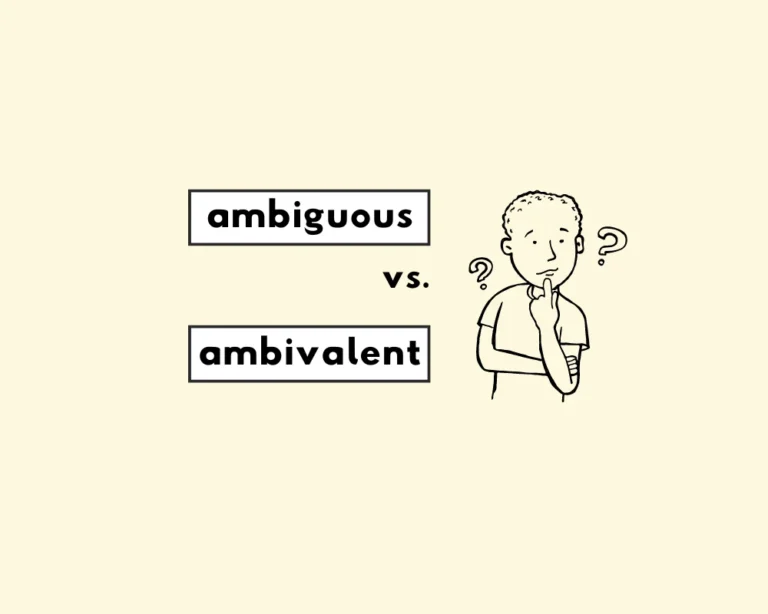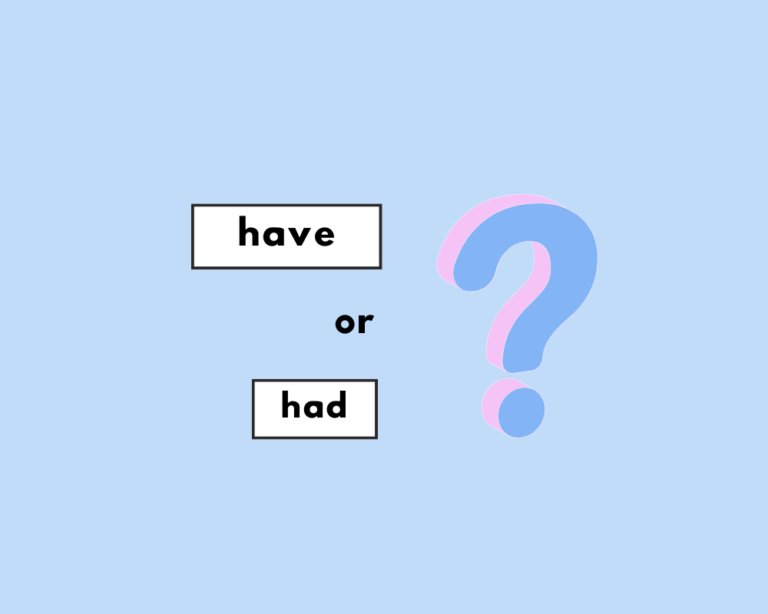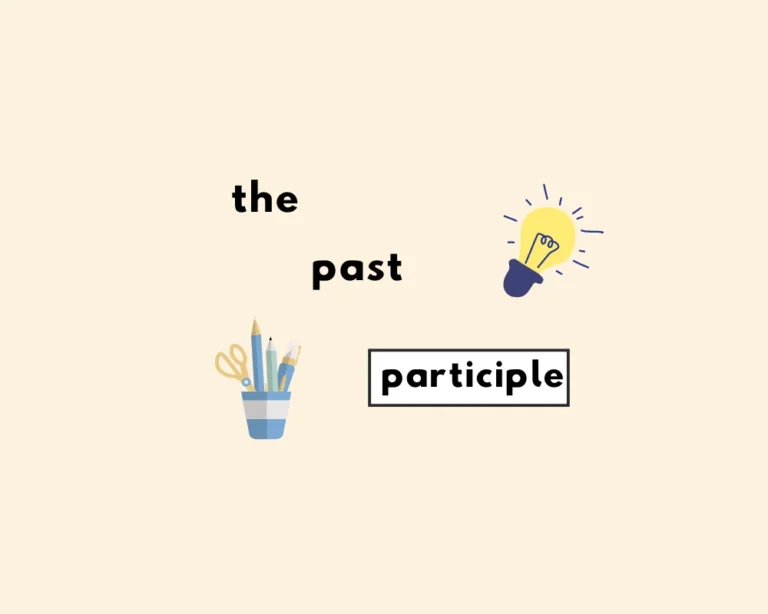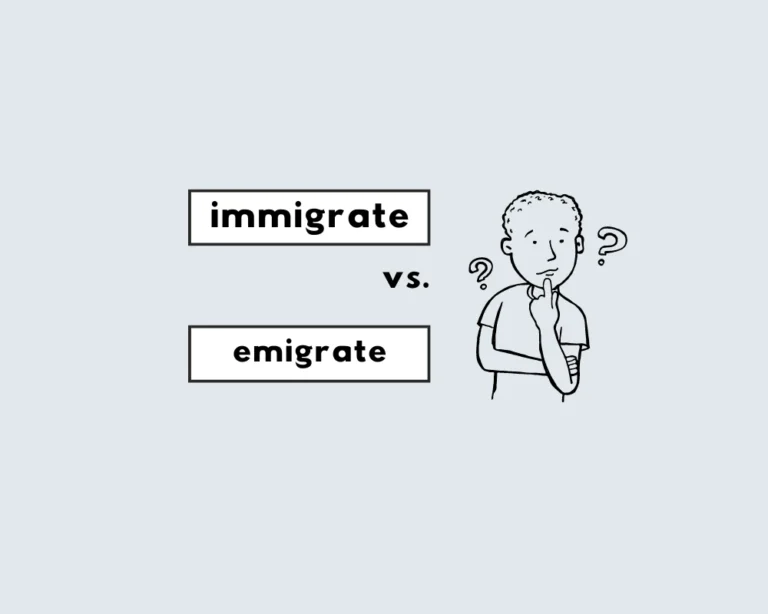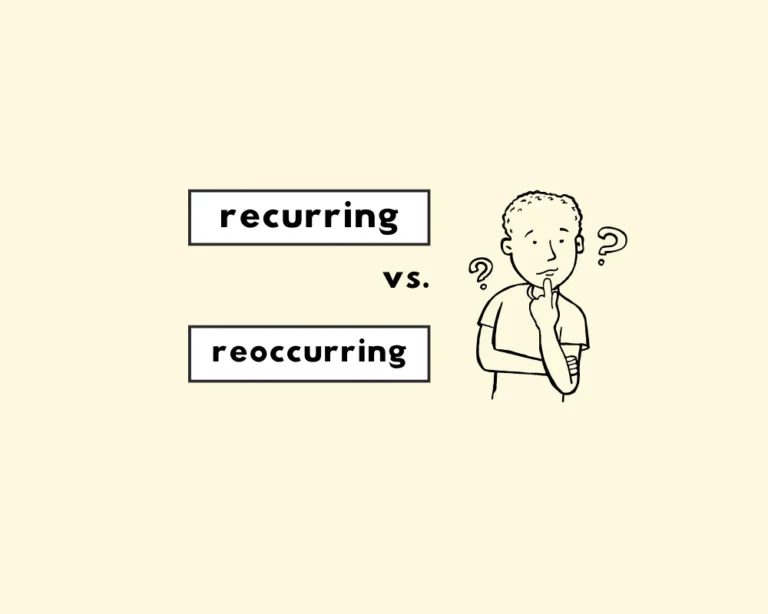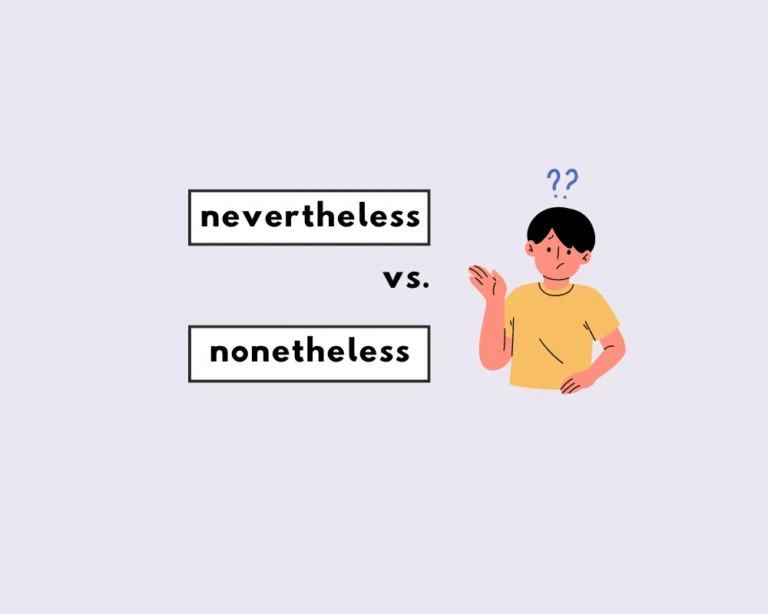Contents
Toggle
Formation of adverbs
Continue reading for the comprehensive breakdown on how to form adverbs, the main types of adverbs and an FAQ on (you guessed it!) adverbs!
Main types of adverbs
- When did you arrive?
- The building where I work was built in 1922.
- I take the metro daily.
Consider how each of these sentences uses adverbs.
When is a question about time, (which makes it an adverb of time); but, importantly: it asks a question. Adverbs that ask questions are interrogative adverbs (examples are where, why, how).
The second sentence includes “where“, though in this context it’s not to pose a question, and so it’s not used interrogatively. Instead, it’s modifying a verb (namely, “work”) and makes the relation to its antecedent (“the building”) clear. These types of adverbs are known as relative adverb; as they help relate elements within a sentence to each other.
The third sentence shows a simple adverb, which modifies a verb, adjective or another adverb. Altogether, this makes up 3 main classes of adverbs: interrogative, relative and simple.
Adverbs vs. adjectives
What’s tricky about certain adverbs is that they oftentimes will look identical to their adjective counterparts. In other words, some words can function in sentences as both an adjective or an adverb—though not at the same time. So, how can we tell them apart?
- Adjective: I play loud music in my apartment.
- Adverb: Don’t talk so loud.
In the first sentence, ‘loud’ is modifying the word ‘music’, which is a noun. Because adjectives modify nouns, and not adverbs, we can confidently deduce that ‘loud’ is functioning in th sentence as an adjective.
From the second sentence, ‘loud’ is modifying the verb ‘talk’. Since adverbs modify verbs, we can to that extent confirm that ‘loud’ is working here as an adverb and not as an adjective.
So, to quickly identify whether a word is an adjective or adverb, locate the word or phrase it modifies and its word class.
How to form adverbs
Some adverbs (like adjectives) use various forms to show degrees of comparison, and we also compare them the same way we do adjectives.
In other words, to create their comparative and superlative forms, attach –er and –est (respectively).
| simple | comparative | superlative |
|---|---|---|
| fast | faster | fastest |
| hard | harder | hardest |
| soon | sooner | soonest |
| long | longer | longest |
Adverbs that end in –ly use more before to become a comparative, and most as a superlative.
| simple | comparative | superlative |
|---|---|---|
| quietly | more quietly | most quietly |
| slowly | more slowly | most slowly |
| seriously | more seriously | most seriously |
| skillfully | more skilllfully | most skillfully |
Note: not all adverbs have comparative and superlative forms since some are not subject to comparisons (by extent or degree). Examples are there, when, then, now, where.
Some adverbs are irregular and use their own forms entirely:
| simple | comparative | superlative |
|---|---|---|
| ill or badly | worse | worst |
| well | better | best |
| much | more | most |
| little | less | least |
| near | nearer | nearest |
| far | farther/further | farthest/furthest |
| late | later | last |
Most adverbs of manner (which answers how, or in what way) are formed from adjectives by adding –ly to the end.
| adjective | adverb |
|---|---|
| wise | wisely |
| clever | cleverly |
| kind | kindly |
| beautiful | beautifully |
For adverbs that end in ‘-y’ followed by a consonant, switch the ‘-y‘ to ‘-i‘ and add ‘-ly‘.
| adjective | adverb |
|---|---|
| happy | happily |
| easy | easily |
| heavy | heavily |
| ready | readily |
Some are comprised of a noun and a qualifying adjective:
- sometimes
- meanwhile
- meantime
- yesterday
- midway
- otherwise
Some adverbs are compounds of ‘on’ (weakened to ‘a’) and a noun:
- asleep
- ahead
- away
- aboard
- afoot
Likewise, other adverbs comprise of prepositions (‘to’) and a noun (e.g., ‘today’, ‘tomorrow’, ‘besides’, ‘overboard’). Some may be combinations of a preposition and adjective (e.g., abroad, along, aloud, anew, behind, below, beyond).
Finally, there are even compounds of prepositions + adverbs: within, without, before, beneath.
FAQ: adverbs
- What’s an adverb?
Adverbs are words that modify or describe other adverbs, verbs, adjectives, entire sentences or occasionally, phrases within a sentence.
- What are the main types of adverbs?
The 3 main classes of adverbs are relative, simple and interrogative. The main subtypes include some of the following:
- Adverbs of manner.
- Adverbs of place.
- Adverbs of time.
- Adverbs of frequency.
- Adverbs of purpose.
- Adverbs of degree.
Learn the other parts of speech
- What Are Pronouns? (First, Second, and Third)
- Types of Verbs (Modal, Stative, Infinitives and Transitives)
- Types of Adjectives (Explained, with Examples)
- Parts of Speech (Nouns, Adjectives, Prepositions)
- When to Use ‘A’ or ‘An’ (What’s an Article?)
- Types of Nouns (Common, Proper, Abstract, and Concrete)
Sources
- High School Grammar and Composition, P.C. Wren.

